NEW YORK (PTI): India has ranked fourth out of 25 nations in the Asia-Pacific region on an index that measures their overall power, with the country being pegged as a "giant of the future" but trails behind in indicators of defence networks and economic relationships.
The Lowy Institute Asia Power Index measures power across 25 countries and territories in the Asia-Pacific region, reaching as far west as Pakistan, as far north as Russia, and as far into the Pacific as Australia, New Zealand and the US.
A country's overall power is its weighted average across eight measures of power - economic resources, military capability, resilience, future trends, diplomatic influence, economic relationships, defence networks and cultural influence.
India is ranked fourth overall on the inaugural index by The Lowy Institute, an Australian think tank.
Japan and India share major power status. Tokyo is a smart power, while New Delhi is a giant of the future, the report said. Among the key findings from the inaugural 2018 index are that the US remains the pre-eminent power in Asia, while China, the emerging superpower, is rapidly closing in on the United States.
"Three of the world's four largest economies are in Asia, and the fourth, the United States, is a Pacific power. By 2025, two-thirds of the world's population will live in Asia, compared with just over a tenth in the West, the Institute said.
Asia's economic transformation is reshaping the global distribution of power, changing the way the region and indeed the world works politically and strategically. Just as significantly, tensions between Asian powers will define war and peace in the twenty-first century, it added.
India is ranked fourth on the parameters economic resources, military capability, diplomatic influence and fifth on resilience.
It scores well on the parameters of cultural influence and and future trends, ranking third in both. However, it scores low on the measure of economic relationships, ranking 7th and in defense networks, ranking 10th.
Lowy said economic relationships is measured in terms of the capacity of states or territories to exercise influence through economic interdependencies; measured in terms of trade relations, investment ties and economic diplomacy.
Defence networks are defence partnerships that act as force multipliers of military capability; measured through assessments of alliances, non-allied partnerships and arms transfers.
Cultural influence is defined as the ability to shape international public opinion through cultural appeal and interaction; measured in terms of cultural projection, information flows and people exchanges.
Future trends is the projected distribution of economic, military and demographic resources in 2030, which play into perceptions of power today; measured in terms of GDP, military expenditure and working-age population forecasts.
The report said that India ranks third for its aggregate resources score and is set to become the fastest-growing economy in the region, predicted to grow 169 per cent between 2016 and 2030. It also stands to gain an additional 169 million people to its working-age population by 2030.
However, the economic giant suffers from a poor track record of converting its sizeable resources base into strategic gain in Asia despite New Delhi's Act East Policy'. It trails behind in the influence measures, most notably in defence networks and economic relationships, it said.
The US claims the top spot in five of the eight Index measures and a 10-point lead over China in overall power. The country retains the most powerful military force in Asia and is at the centre of a network of regional alliances that Beijing cannot match, reflected by a 65-point lead over China in defence networks.
However, in terms of economic relationships the US lags China by more than 30 points, the glaring weakness in US influence in Asia.
US diplomatic influence in the region has also been damaged by nervousness about the Trump administration and its foreign policy decisions, including its withdrawal in 2017 from the Trans-Pacific Partnership. US political leadership in Asia is in doubt, it said.
Most significantly, even if the United States continues to outspend China in military expenditure, future trends point to a relative decline in US power, with a second place finish only marginally ahead of India.
China holds a top-two position across all but one measure and ranks first in economic relationships, diplomatic influence and future trends. Projects such as the Belt and Road Initiative play to Beijing's strengths as the primary trade partner and source of foreign assistance in the region, it said.
Russia, Australia, South Korea, Singapore, Malaysia, Indonesia, Thailand, New Zealand, Vietnam, Pakistan, Taiwan, Philippines and North Korea are ranked as middle powers while Bangladesh, Brunei, Myanmar, Sri Lanka, Cambodia, Mongolia, Laos and Nepal as minor powers.
India ranks 4th in Asia-Pacific on power index
Article Posted on : - May 09, 2018
Other Related News
Space docking experiment: Spacecraft injected into right orbit, ISRO eyes another tech feat
Two spacecraft that would aid ISRO in demonstrating space docking, a critical technology for future space missions, got separated successfully and were placed into the desired orbit late Monday, the country's space agency said.
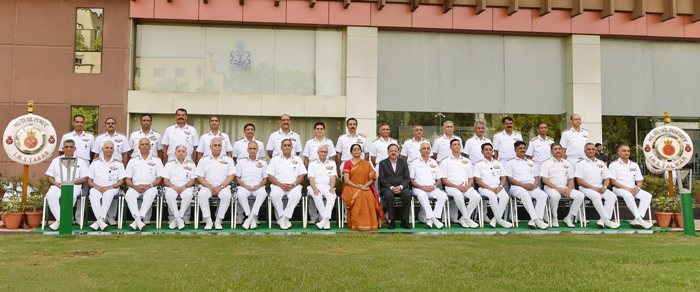 Previous Article
Previous Article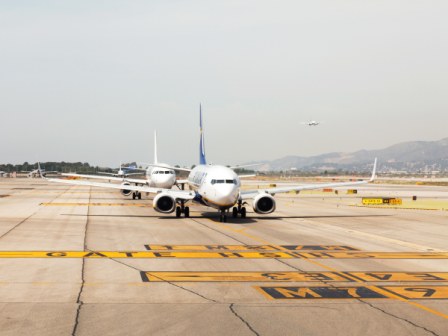 Next Article
Next Article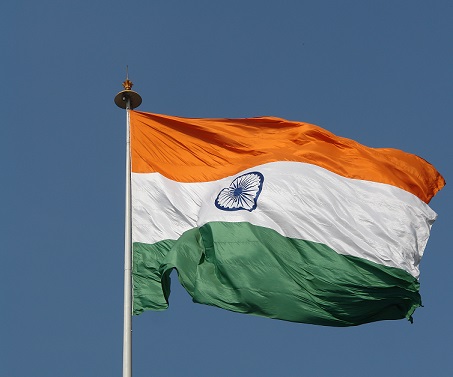
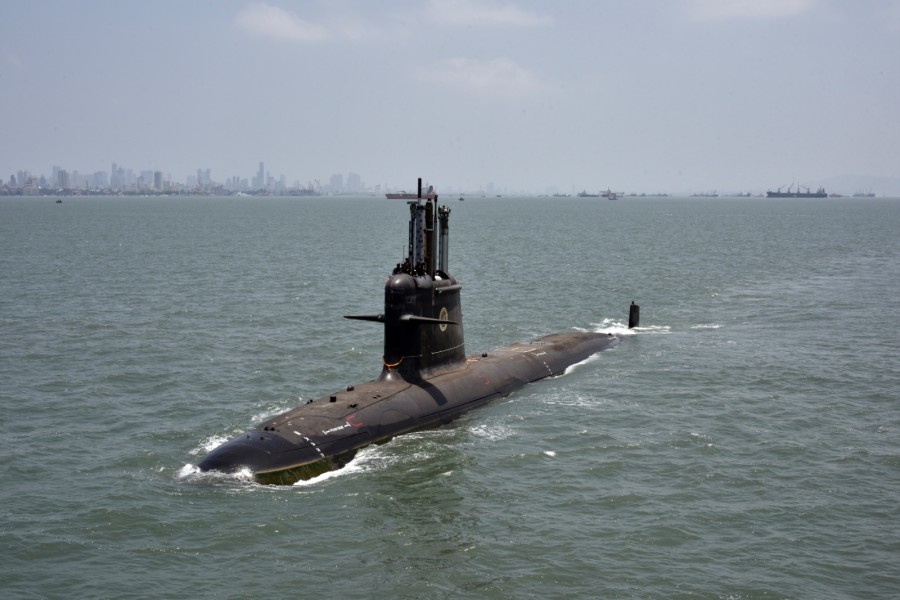
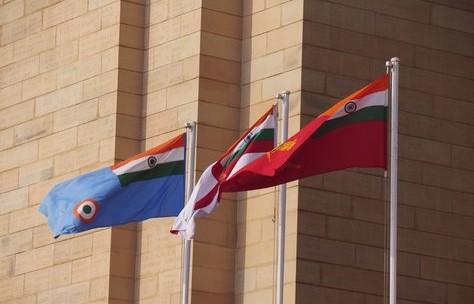
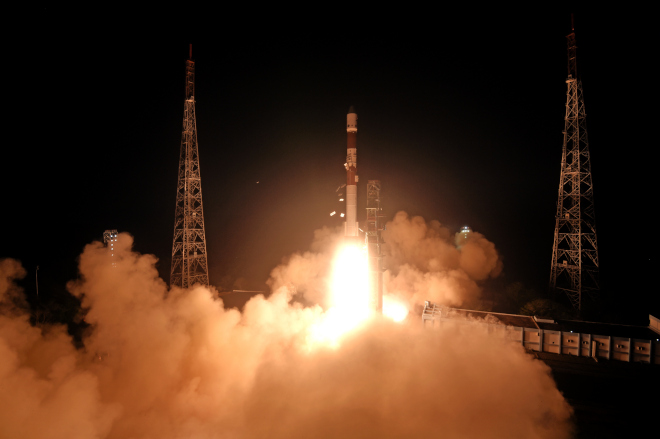

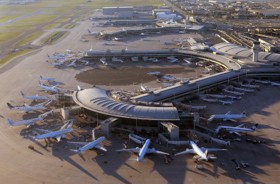








The Indian Air Force, in its flight trials evaluation report submitted before the Defence Ministry l..
view articleAn insight into the Medium Multi-Role Combat Aircraft competition...
view articleSky enthusiasts can now spot the International Space Station (ISS) commanded by Indian-American astr..
view article